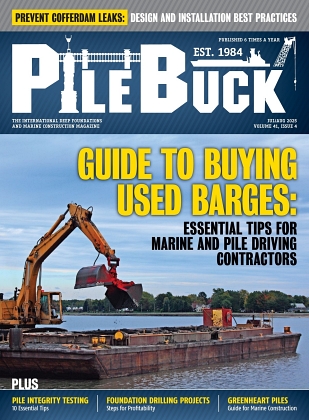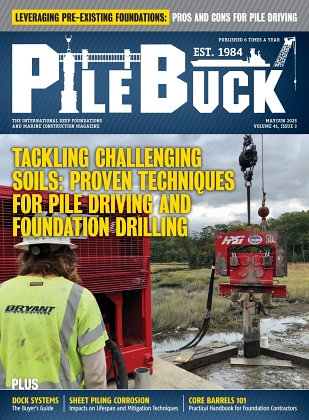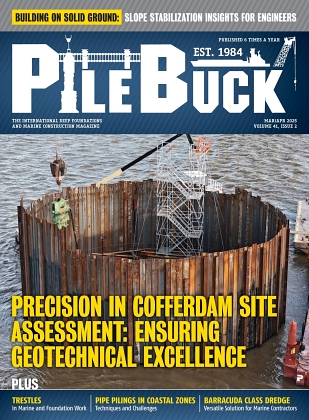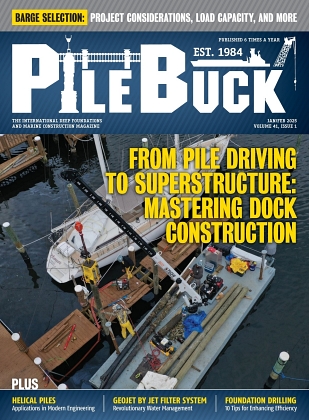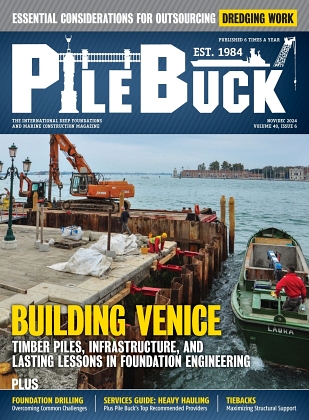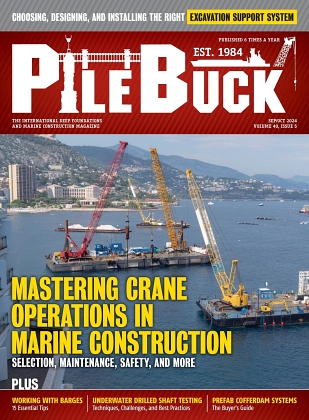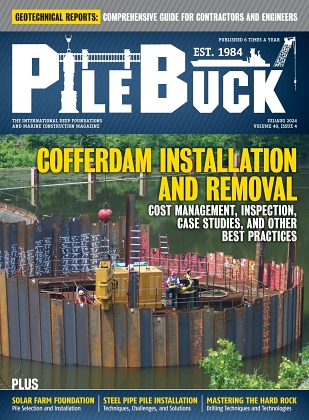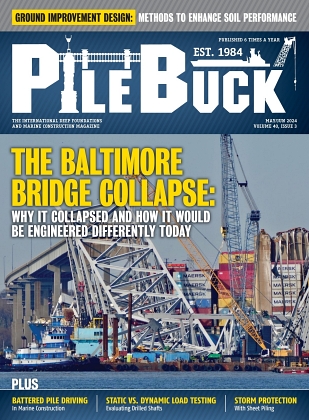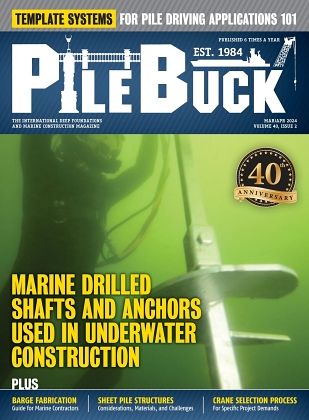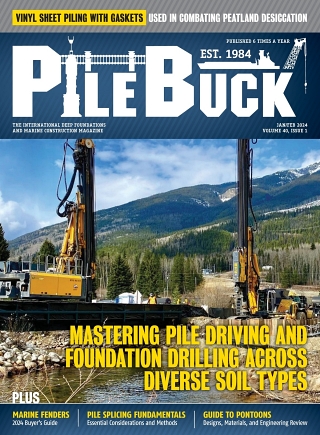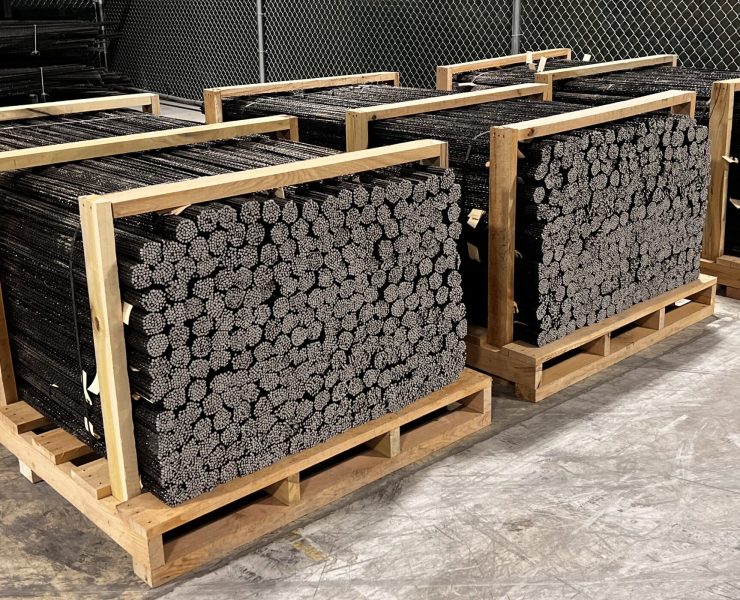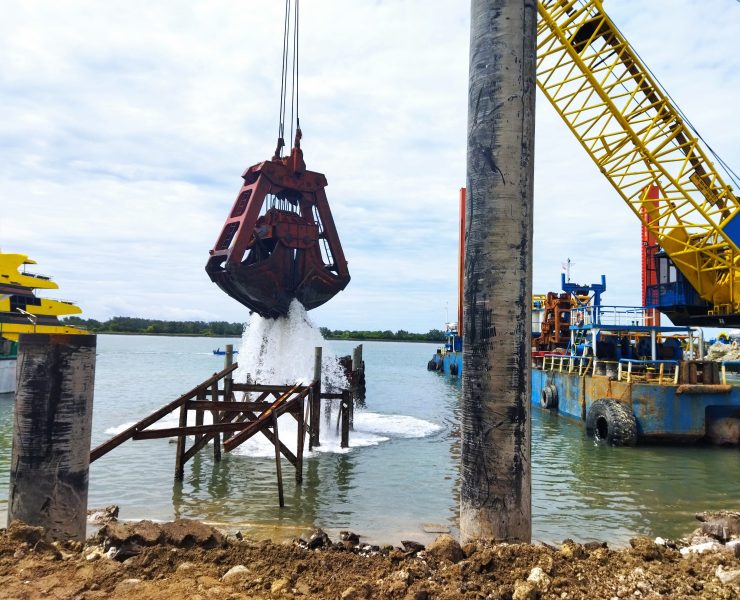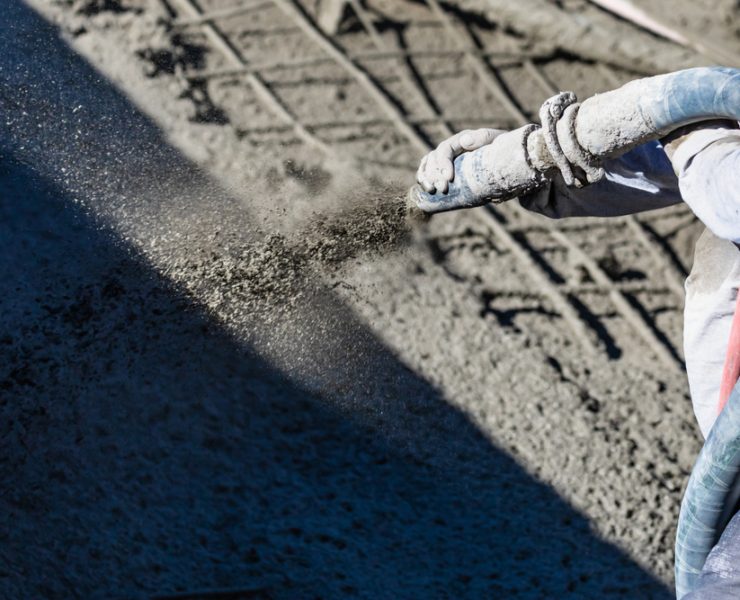Innovative Materials and Technologies in Marine Waterproofing
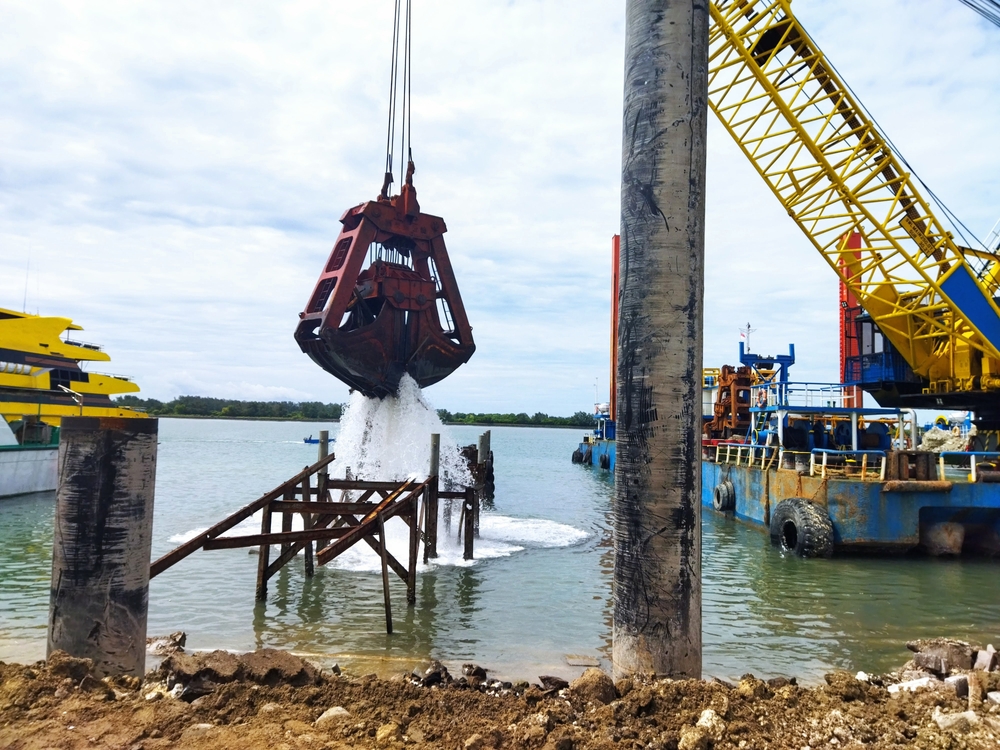

Marine construction faces one of the harshest environments known to engineering. Constant exposure to saltwater, high humidity, tidal pressure, and temperature fluctuations accelerates deterioration in concrete, steel, and composite materials. To ensure the long-term performance of structures such as seawalls, piers, bridges, and docks, effective marine structure waterproofing has become more critical than ever. Recent advancements in waterproofing technologies now offer solutions that go beyond surface protection, creating barriers that integrate with the structure itself and extend its service life.
Understanding the Challenge of Marine Exposure
Waterproofing in marine environments is far more complex than standard building protection. Structures like docks and seawalls face constant cycles of wetting and drying, leading to chloride ingress, corrosion of reinforcement, and cracking from water pressure. Traditional coatings or membranes often degrade or delaminate under these conditions. As a result, the industry has shifted toward advanced technologies that penetrate deep into the concrete, forming a long-lasting defense against moisture and chemical attack.
Modern waterproofing marine concrete structures is now a science of integration, combining chemistry, materials engineering, and construction technology to create waterproofing systems that become part of the structure rather than just a surface layer.
Crystalline Waterproofing: Self-Sealing Protection from Within
One of the most groundbreaking technologies in marine waterproofing is the use of crystalline systems. Unlike traditional coatings, crystalline waterproofing materials react chemically with the byproducts of cement hydration and water to form insoluble crystals within the capillaries and micro-cracks of the concrete.
These crystals grow over time, sealing the concrete from the inside. When water enters, the reaction reactivates, providing a self-healing property that continues for the life of the structure. This makes crystalline technology particularly well-suited for waterproofing seawalls and docks, where constant exposure to water and salt would otherwise destroy surface coatings.
Crystalline waterproofing also enhances concrete durability by reducing permeability, minimizing corrosion risk for embedded steel, and maintaining structural strength even under fluctuating hydrostatic pressure. Its minimal maintenance requirements and long-term performance have made it a preferred choice for marine and coastal infrastructure around the world.
Liquid-Applied Membranes: Seamless Flexibility for Complex Designs
Another major advancement in marine waterproofing is the use of liquid-applied membranes. These systems are applied as a fluid, forming a continuous, seamless barrier that conforms to complex shapes and surfaces. Once cured, they create a flexible, durable membrane that resists cracking and water penetration.
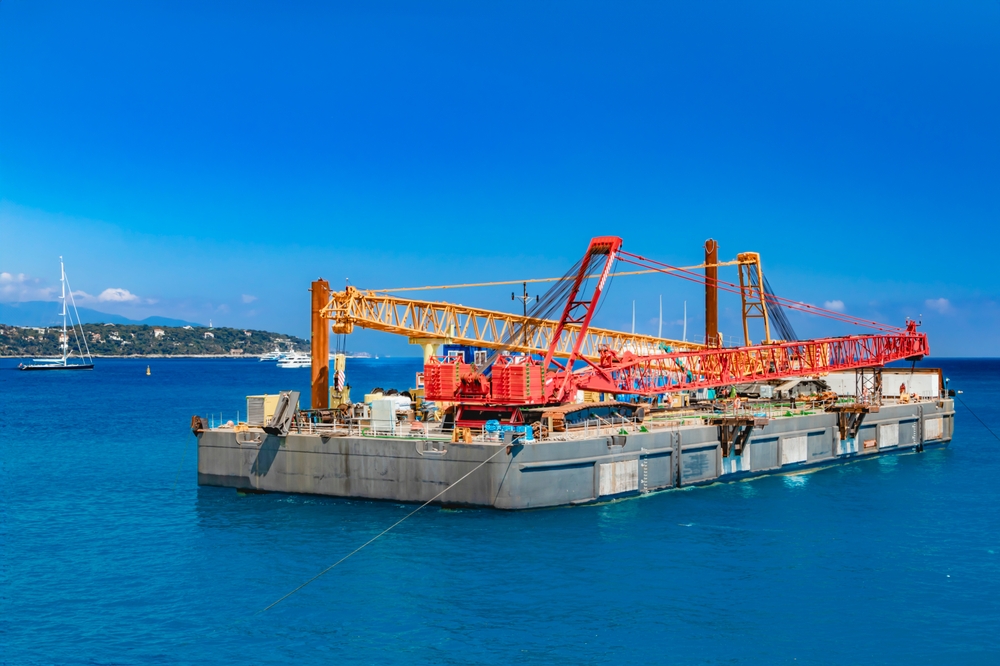
In marine applications such as bridge decks, underwater tunnels, or concrete piles, liquid-applied membranes offer excellent adhesion and elasticity, allowing them to accommodate structural movement without compromising waterproofing performance.
Moreover, modern formulations often include UV-resistant and chemical-resistant properties, ensuring long-term stability in exposed marine environments. Their ease of application also makes them practical for both new construction and rehabilitation projects, providing an efficient alternative to traditional sheet membranes.
Rubberized Coatings and Elastomeric Solutions
Rubber coatings and elastomeric membranes are also emerging as high-performance options for marine structure waterproofing. These materials combine exceptional elasticity with chemical resistance, making them ideal for environments exposed to salt spray, abrasion, and high mechanical stress.
Applied in liquid or spray form, these coatings bond tightly to the substrate and expand or contract with temperature variations. In areas such as dock decks, steel piles, or splash zones, where impact and abrasion are common, rubberized coatings deliver both waterproofing and mechanical protection.
Recent innovations have introduced hybrid rubber systems that blend polyurethane and polyurea chemistry. These offer rapid curing, high adhesion to damp concrete, and superior resistance to seawater intrusion, making them an increasingly popular choice for critical infrastructure.
Integrated Waterproofing Systems
A growing trend in the industry is the integration of multiple technologies to form comprehensive waterproofing systems. For instance, a project may combine crystalline waterproofing within the concrete mix for internal protection and a liquid-applied membrane on the surface for additional resilience.
This multi-layered approach ensures redundancy. If one barrier is compromised, another continues to protect the structure. Such systems are particularly valuable in marine construction, where environmental conditions can vary dramatically over different parts of a structure, from submerged foundations to splash zones and exposed decks.
Integrated waterproofing systems also simplify maintenance by reducing the frequency of repairs and inspections. Over a structure’s lifespan, this approach translates into lower costs and longer service life, aligning with modern sustainability and asset management goals.
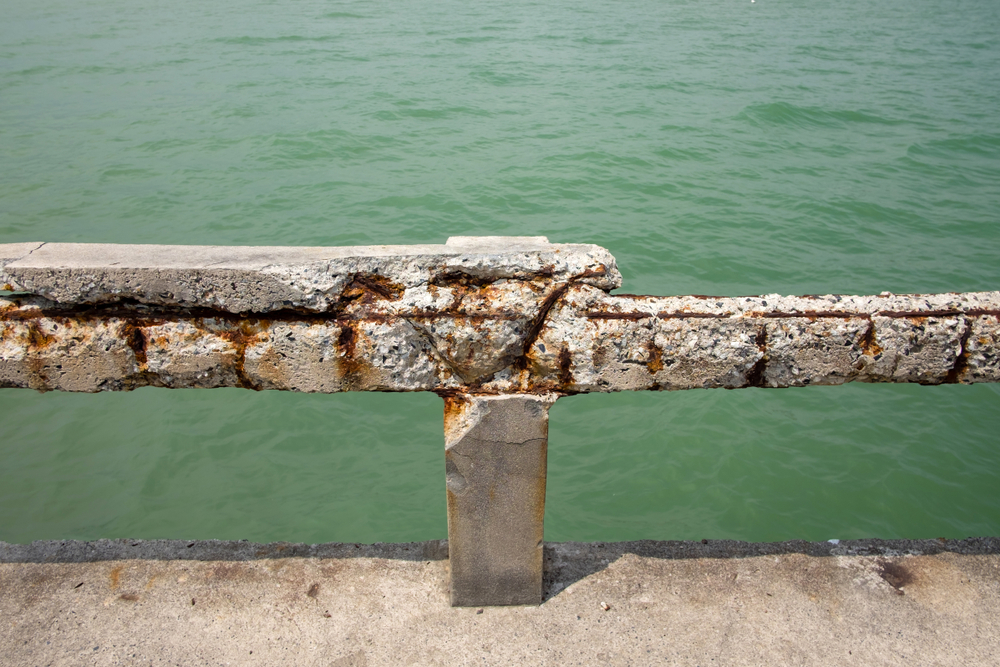
Sustainability and Long-Term Value
Modern waterproofing technologies contribute significantly to sustainable infrastructure. By preventing deterioration and corrosion, they extend the usable life of marine structures, reduce waste, and lower the carbon footprint associated with repair and replacement.
Crystalline and integral waterproofing systems, for example, eliminate the need for external coatings that may contain volatile organic compounds (VOCs). This results in safer job sites and cleaner long-term performance. Similarly, rubberized coatings and liquid membranes that require fewer reapplications save both material and labor resources.
Sustainability is no longer just a design goal. It’s a performance metric. Effective waterproofing aligns with that vision by ensuring structures last decades longer than those built using outdated methods.
The Future of Marine Waterproofing
The evolution of marine waterproofing is not slowing down. Research is expanding into nanotechnology-based coatings, bio-inspired sealants, and smart materials that monitor and self-repair. As construction moves further into challenging coastal zones and deeper waters, durability will remain at the forefront of design.
For engineers, builders, and asset managers, adopting innovative waterproofing technologies is more than a preventive measure. It’s a long-term investment in resilience and sustainability. By embracing solutions like crystalline waterproofing, liquid-applied membranes, and rubberized coatings, marine infrastructure can endure the relentless forces of nature while reducing maintenance costs and environmental impact.
In the end, the future of waterproofing seawalls and docks lies in merging material science with practical construction. Through continuous innovation, marine engineers can build structures that not only survive but thrive in the world’s most demanding environments.
Crystalline waterproofing, liquid-applied membranes, and rubberized coatings provide long-lasting protection against water and corrosion.
Combining multiple waterproofing technologies ensures redundancy, durability, and reduced maintenance in harsh marine environments. What are the best waterproofing methods for marine structures?
Why is integrated waterproofing important in marine construction?


